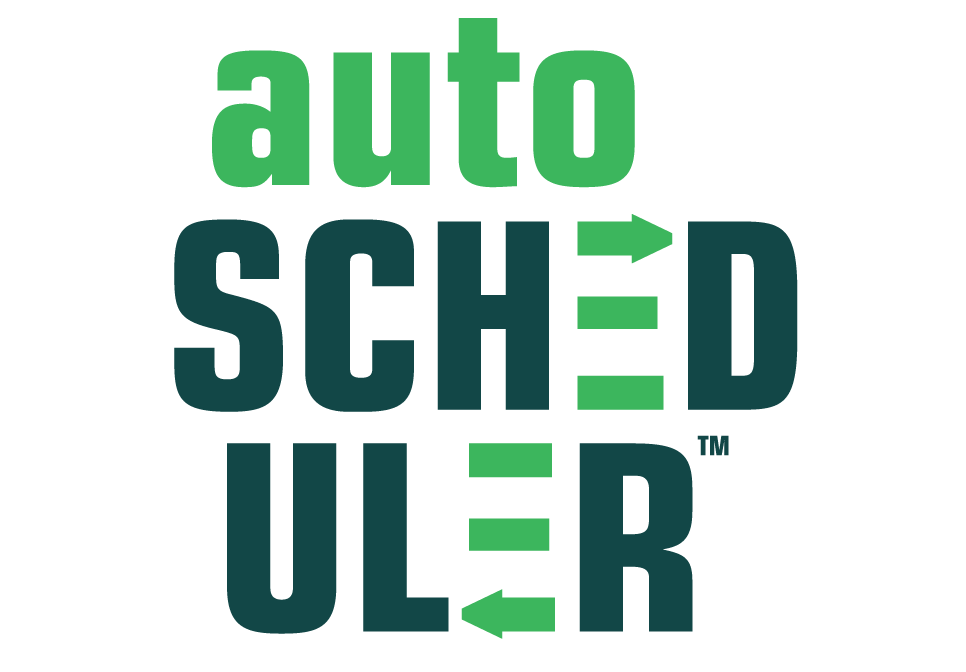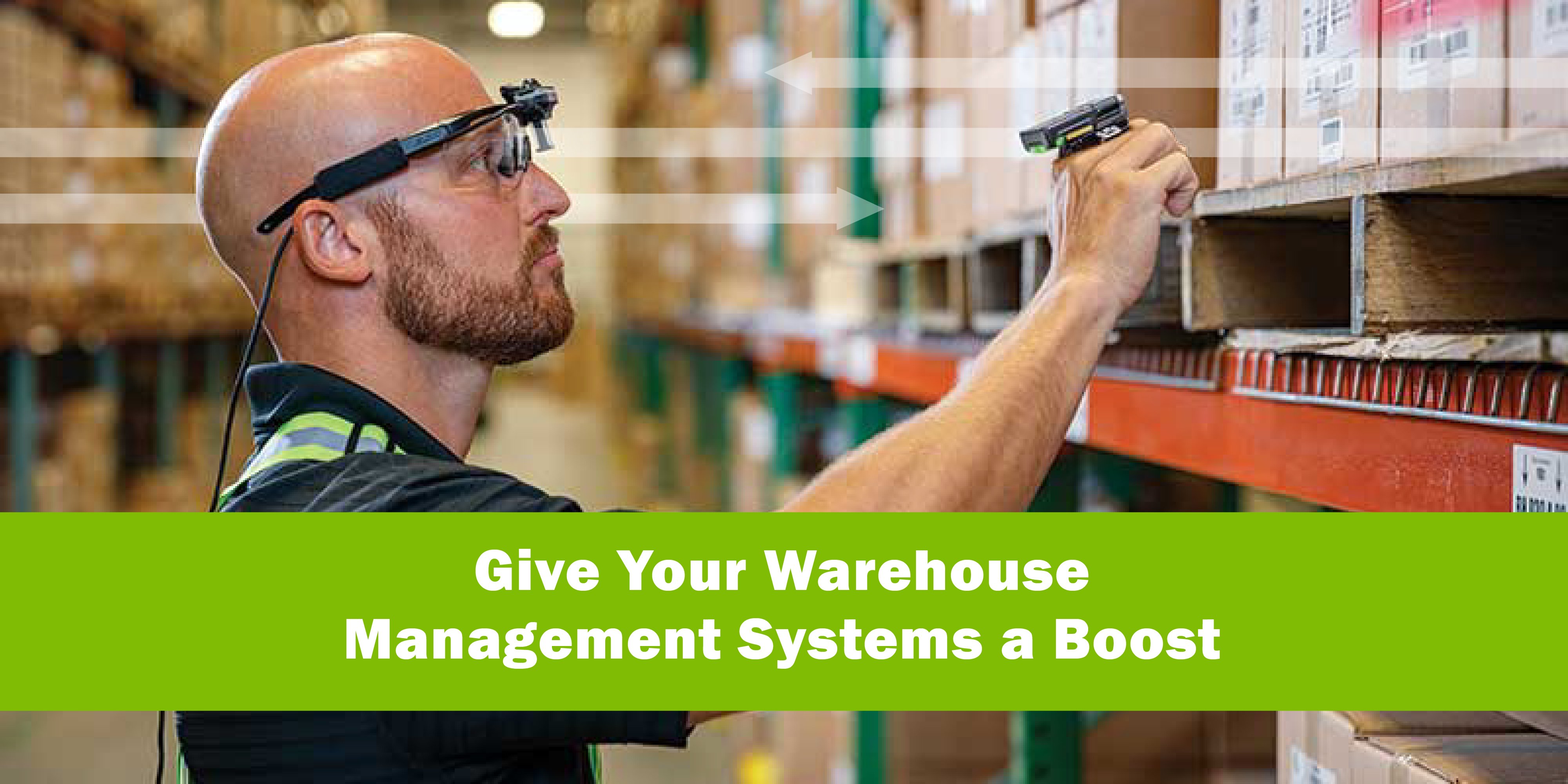Give Your Warehouse Management Systems (WMS) a Boost
New types of third-party software solutions can enhance WMS in many ways, including gains in inventory accuracy, better tools for creating workflows and user interfaces for task execution, and simplified integration with mobile robots and other forms of automation.
By Roberto Michel June 3, 2024
Warehouse management systems (WMS) remain the transactional and process management foundation for inventory control and order fulfillment in most DCs. In recent years, when Modern has surveyed readers about WMS use, close to 80% have told us they use some type of WMS.
That widespread adoption is because a well-implemented WMS will control inventory, and manage key processes like putaway, picking and replenishment.
But WMS doesn’t do everything well, especially older legacy systems that lack functionality like a labor management system (LMS) module, prebuilt connectors to automation, or flexible tools for creating new workflows. That’s giving rise to software solutions that make existing WMS solutions better.
These software vendors are focusing on new types of solutions that give WMS processes a boost, either by orchestrating multiple resources, building new workflows and screens for task execution, or simplifying the use of robotics. Here’s an overview of how they help.
Sequence and optimize
Keith Moore, CEO of AutoScheduler.AI, whose AutoScheduler warehouse resource planning and optimization software platform is touted as a “WMS accelerator,” says WMS is essential for governing DC processes, but WMS solutions typically lack the ability to optimize and plan all the machine and labor resources and material moves and staging to ensure orders get out the door complete.
In practice, adds Moore, many steps need to be synchronized, such as dock schedules, staging of pallets for outbound shipping, any new pallet builds or repalletizing that needs to take place, or any crossdocking that should be triggered, to achieve end goals.
Most WMS are not generating sequenced, optimized plans, notes Moore. Because of that, Moore says he likes the analogy that WMS—in terms of getting you to a goal—is like having a good, working car. A car will get you to your destination, but if all you have is a static, printed map for navigation, you might take a wrong turn or run into a traffic jam, fouling up your plans.
By contrast, Moore says, a mobile map app is both dynamic and instructive, which is why people today use both cars and mobile maps to get places efficiently.
“What was transformative about Google Maps is that instead of just telling you where to start and where to end, it was with you every step of way, so that even if you do make a wrong turn, it will tell you, ‘just take a U-turn here to get back on track,’” Moore says. “That is like what our solution does for warehousing. The software considers all the limitations and constraints that are going to keep you from getting to where you need be operationally and with service levels.”
Orchestrating activities
The term “orchestration” gets used in several ways with warehouse-level software. One way is to orchestrate robotics with people and with other forms of automation, which has given rise to the category Gartner calls multi-agent orchestration (MOA) platforms, a complement to WMS.
However, orchestration happens on many levels, such as staging and loading pallets, directing pick-to-pallet activities, efficient crossdocks, and importantly, sequencing all those in the right order, explains Moore.
“At the end of the day, top line revenue is driven by product that gets where it needs to go on time. Suppliers can get charged tens of millions in penalties for shipments that aren’t on-time and in full (OTIF), so being able to optimize all the activities that go into that carries high value,” says Moore.
AutoScheduler’s resource optimization platform uses artificial intelligence (AI)-based logic to determine the best sequence of actions and allocation of resources to hit commitments.
Companies that have used the solution include P&G, which helped develop the software, and a major snack food manufacturer. A key focus for most users, adds Moore, is to improve fill rate. Even a 1% improvement in what Moore calls “controllable fill rate,” can add up to substantial savings in a year.


